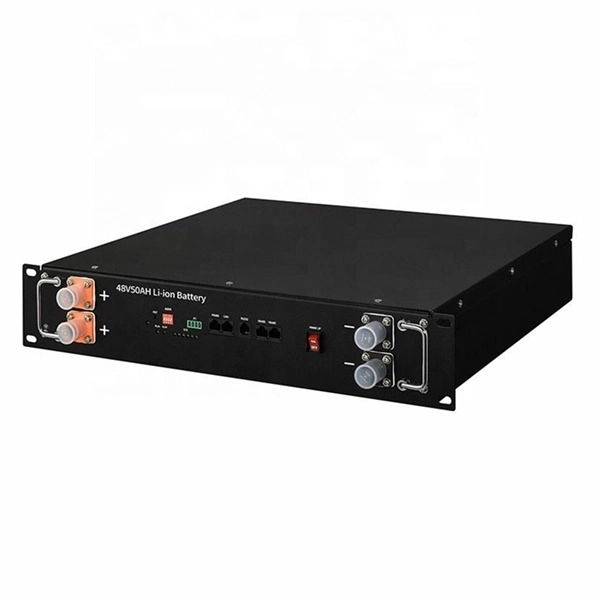Lead Acid、Lithium & LiFePO4 Battery Run Time Calculator
This formula estimates the runtime of Lead Acid, Lithium, and LiFePO4 batteries under a specific load power. By inputting the battery capacity (Ah), voltage (V), and load power (W), the calculator determines the battery’s runtime (hours) based on the efficiency of the selected battery type.
Battery Run Time Calculator
Get Bulk Discounts on Lithium Batteries. Click here to Calculate Your Wholesale Price!
Battery Run Time Calculator: Importance of Choosing Differences Between Battery Types
Lead Acid Batteries
Lead acid batteries, a time-tested technology, have been in use since their invention in 1859 by French physicist Gaston Planté. Their reliability and relatively low cost make them a secure and financially savvy choice for many applications.Lead acid batteries are commonly found in:- Automobiles: Most car batteries are lead acid, providing the necessary power to start the engine and run vehicle electronics.
- Backup Power Systems: They are often used in uninterruptible power supplies (UPS) for emergency backup power.
- Renewable Energy Storage: Lead acid batteries store energy in solar and wind power systems.
Lithium Batteries
Lithium batteries, a more modern and high-performance technology, are known for their high energy density, lightweight, and long lifespan. These characteristics instill confidence and reassurance in their performance and longevity.Advantages of lithium batteries over lead acid batteries include:- Higher Energy Density: Lithium batteries store more energy in a smaller and lighter package.
- Longer Lifespan: They typically last longer, with more charge-discharge cycles.
- Faster Charging: Lithium batteries can be faster than lead acid batteries.
- Less Maintenance: They require less maintenance and have no memory effect.
LiFePO4 Batteries
LiFePO4 batteries, also known as lithium iron phosphate batteries, are an advanced type of lithium battery. Their safety and durability make them a secure and confident choice for high-demand and critical applications.Benefits of LiFePO4 batteries include:- Safety: They are more stable and less prone to thermal runaway or catching fire than other lithium-ion batteries.
- Long Lifespan: LiFePO4 batteries can endure thousands of charge-discharge cycles, making them very durable.
- Wide Temperature Range: They perform well across various temperatures.
- High Discharge Rates: These batteries can provide high power output for demanding applications.
- Electric Vehicles: Providing a safer and longer-lasting power source.
- Energy Storage Systems: These are used in home and industrial renewable energy storage.
- Marine and RV Batteries: Offering reliable recreational vehicle and boat power.
Battery Run Time Calculator: The Role of Capacity, Voltage, Efficiency, and Load Power
Battery Capacity
Battery capacity measures the amount of energy a battery can store. It is usually expressed in ampere-hours (Ah), which indicates how much current a battery can supply over a specific period. For example, a battery with a capacity of 10 Ah can deliver 10 amperes for one hour or 1 ampere for 10 hours. Knowing the battery capacity is crucial because it helps determine how long the battery will last under a given load.Standardized tests are conducted to measure battery capacity, such as the 20-hour rate test. This test involves discharging the battery at a constant current until it reaches a specific cutoff voltage. For instance, a 100 Ah battery would be discharged at 5 amps (100 Ah / 20 hours = 5 amps). The capacity is then calculated based on the discharge current and time.Battery Voltage
Battery voltage is the electrical potential difference between a battery’s positive and negative terminals. It is measured in volts (V). A battery’s voltage affects its ability to deliver power to a load. Higher-voltage batteries can provide more power, making them suitable for high-power applications.Typical battery voltage levels vary based on their type and application. For example, lead-acid batteries often come in 12V configurations, while lithium-ion batteries can be found in various voltages, such as 12V, 24V, 36V, and 48V. The voltage also influences the battery’s efficiency and performance, impacting the overall runtime.Battery Efficiency
Battery efficiency refers to the percentage of energy stored in the battery that can be retrieved during discharge. Different types of batteries have varying efficiency levels. For example, lead-acid batteries typically have an efficiency of around 80%, meaning 80% of the energy put into the battery is retrievable. In contrast, lithium-ion batteries have higher efficiency, often around 90%, and LiFePO4 batteries can reach up to 95%.Efficiency is critical in determining how effectively a battery can power a load. High-efficiency batteries waste less energy, providing more usable power and extending the battery’s runtime.Load Power
Load power is the amount consumed by the device or system connected to the battery. It is measured in watts (W). Load power directly affects the battery’s discharge rate and, consequently, its runtime. A higher load power will deplete the battery faster, while a lower load power will allow the battery to last longer.For example, if a device consumes 50 watts and is connected to a 12V battery, it will draw approximately 4.17 amperes (50W / 12V = 4.17A). The battery’s capacity and efficiency determine how long it can sustain this load before recharging.Why These Factors Are Important in the Calculator
The Lead Acid, Lithium & LiFePO4 Battery Run Time Calculator uses these four factors—battery capacity, voltage, efficiency, and load power—to estimate how long a battery will last under a specific load. Here’s why each factor is essential:- Battery Capacity: Determines the total energy available for the load.
- Battery Voltage: Affects the power delivery and compatibility with the load.
- Battery Efficiency: Influences the amount of usable energy and overall performance.
- Load Power: Dictates the battery’s discharge rate.



































